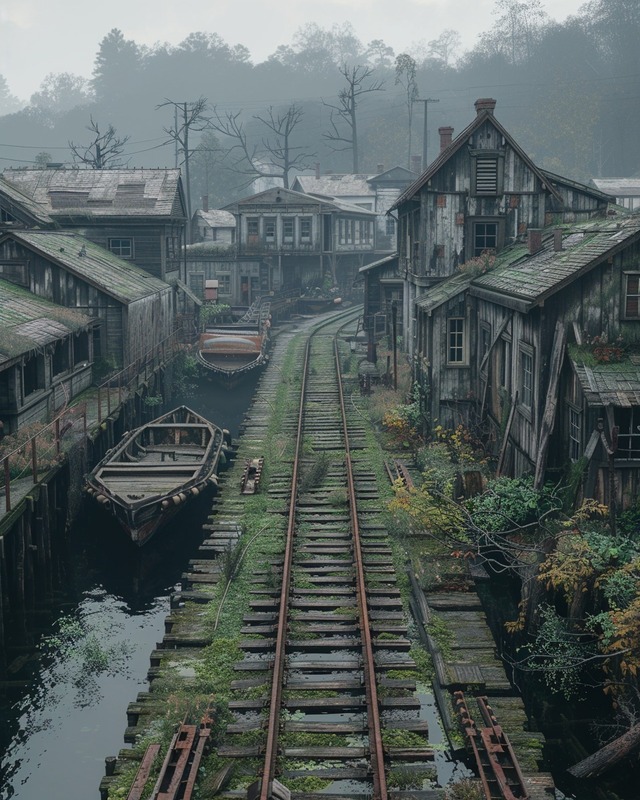Asia, a continent of diverse landscapes and cultures, is home to some of the world’s most enchanting canal villages. These villages, shaped by their proximity to water, tell stories of resilience, adaptation, and architectural ingenuity. From the tranquil backwaters of India to the ancient water towns of China, canal villages in Asia offer a unique glimpse into a way of life that revolves around rivers and canals. Let’s explore some of the most captivating canal villages across the continent and uncover their timeless charm.
Wuzhen, China: A Journey Through Time
Wuzhen, located in Zhejiang Province, is one of China’s most famous water towns. Its history spans over 1,300 years, and the village retains much of its ancient charm. Cobblestone streets, arched stone bridges, and wooden houses line the canals, creating a serene atmosphere that feels like stepping into another era.
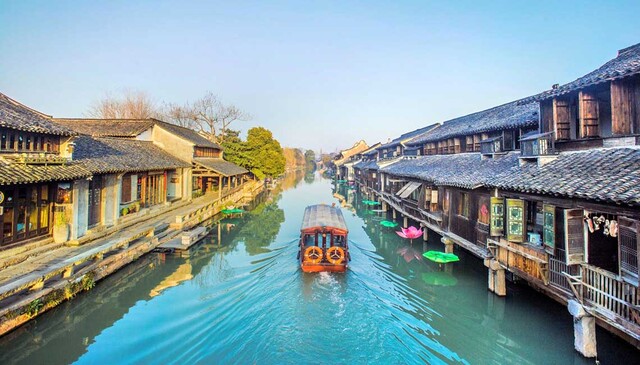
The canals of Wuzhen are not just for show—they are an integral part of village life. Traditional wooden boats glide along the waterways, transporting goods and visitors alike. At night, the village transforms as lanterns light up the canals, casting a magical glow over the water. Visitors can enjoy local delicacies, explore traditional crafts, and immerse themselves in the slow pace of life that defines Wuzhen.

Video:
Fenghuang, China: The Phoenix Town
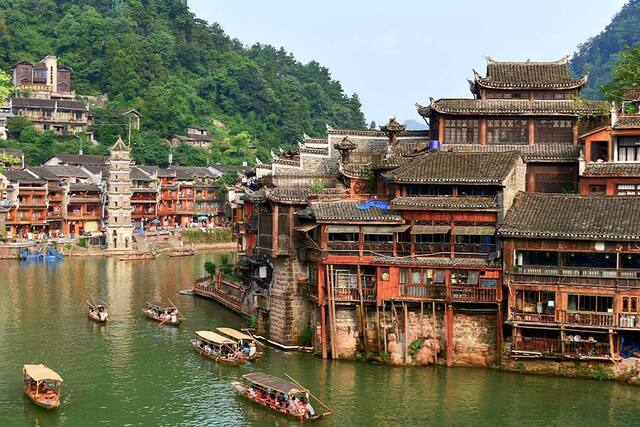
Known as “Phoenix Town,” Fenghuang in Hunan Province is a mystical canal village steeped in history and folklore. Nestled along the Tuo River, the village is famous for its wooden stilt houses that seem to float above the water. These homes, built by the Tujia and Miao ethnic groups, showcase unique architectural styles that have withstood the test of time.
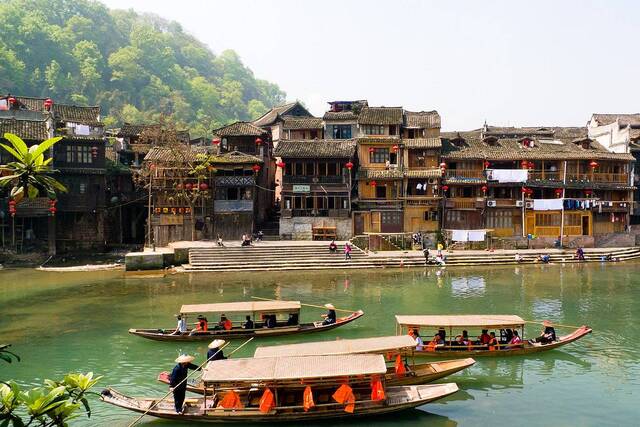
Fenghuang offers visitors a blend of natural beauty and cultural heritage. By day, locals can be seen washing clothes or fishing in the river, while at night, the village comes alive with lanterns and the soft hum of traditional music. Exploring Fenghuang feels like stepping into a fairytale, where the river carries stories of centuries past.
Video:
Alappuzha, India: The Backwater Haven
Known as the “Venice of the East,” Alappuzha (or Alleppey) in Kerala, India, is a mesmerizing canal village set amidst the lush greenery of the Kerala backwaters. The village is famous for its intricate network of canals, lagoons, and houseboats, which provide a unique way to experience life by the water.
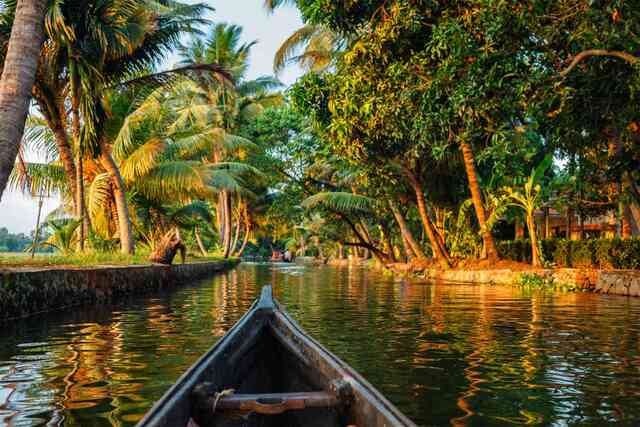
Visitors to Alappuzha can explore the backwaters on a traditional kettuvallam (houseboat), drifting past paddy fields, coconut groves, and small fishing villages. The tranquil setting and slow pace of life make it a perfect retreat for those seeking peace and relaxation. The canals are also vital to the local economy, supporting agriculture, fishing, and tourism.
Video:
Bangkok’s Amphawa Floating Village, Thailand: A Vibrant Marketplace on Water
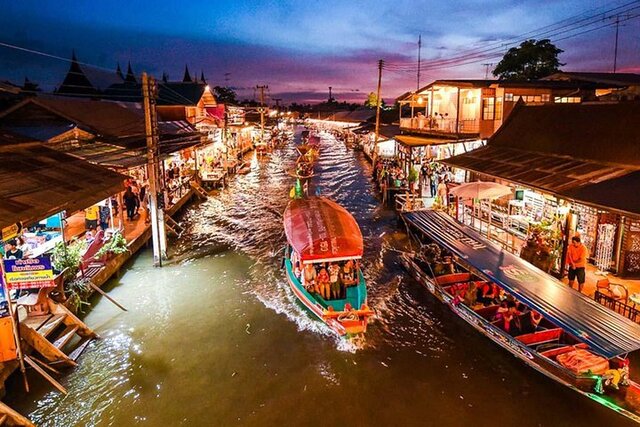
Amphawa Floating Market, located just outside Bangkok, is a lively canal village that showcases Thailand’s unique relationship with water. Every weekend, the canals are filled with boats selling fresh produce, seafood, and traditional Thai snacks. The market is a sensory feast, with vibrant colors, tantalizing aromas, and the buzz of vendors calling out to customers.
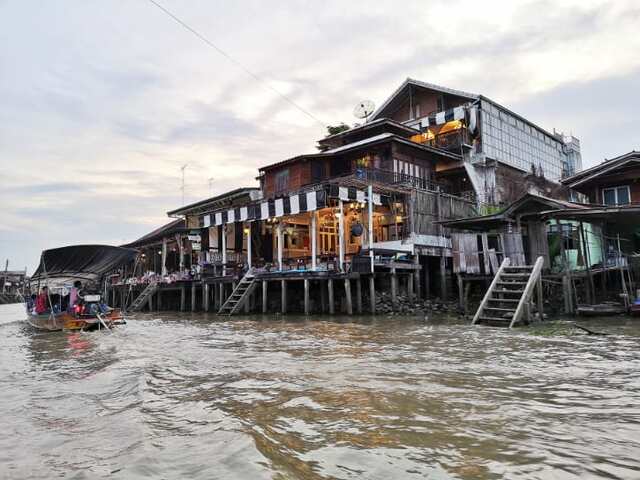
The wooden houses lining the canals add to Amphawa’s charm, providing a glimpse into traditional Thai architecture. Visitors can take boat tours to explore nearby temples or simply enjoy the bustling atmosphere of the market. Amphawa is not just a place to shop—it’s a celebration of community and tradition.
Video:
Inle Lake, Myanmar: A Floating Village on Water
Inle Lake in Myanmar is home to several floating villages that exemplify life in harmony with water. Houses are built on stilts over the lake, and the locals, known as the Intha people, rely on the water for their livelihoods.

The canals of Inle Lake are alive with activity, from fishermen using traditional leg-rowing techniques to floating gardens where vegetables are cultivated on patches of water. Visitors can explore the villages by boat, stopping at local workshops to see crafts like silk weaving and silverwork. Inle Lake offers a unique perspective on sustainable living, where every aspect of life is connected to the water.
Video:
Hoi An, Vietnam: A Riverside Gem

Hoi An, a UNESCO World Heritage Site in central Vietnam, is a canal-side town with a rich history as a trading port. The Thu Bon River runs through the heart of Hoi An, and its waterways once connected the town to international trade routes.
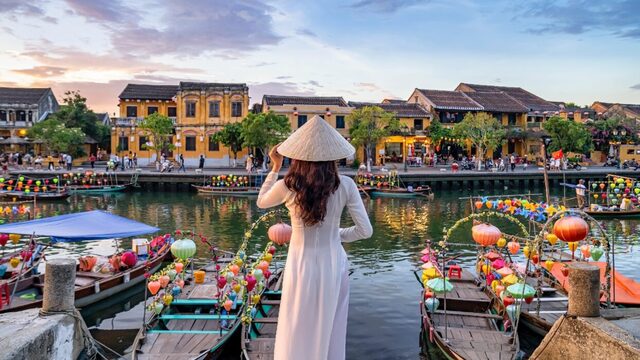
Today, Hoi An is renowned for its well-preserved architecture and vibrant lantern festivals. Visitors can take a boat ride along the canals, explore ancient temples and merchant houses, or simply enjoy the peaceful riverside atmosphere. The canals are an integral part of Hoi An’s identity, reflecting its history as a cultural melting pot.
Video:
Srinagar, India: The Venice of the East
Srinagar, located in the Kashmir Valley of India, is famed for its Dal Lake and the intricate network of canals that weave through the city. Traditional houseboats and shikaras (small wooden boats) are iconic symbols of Srinagar, offering a unique way to explore the city’s waterways.
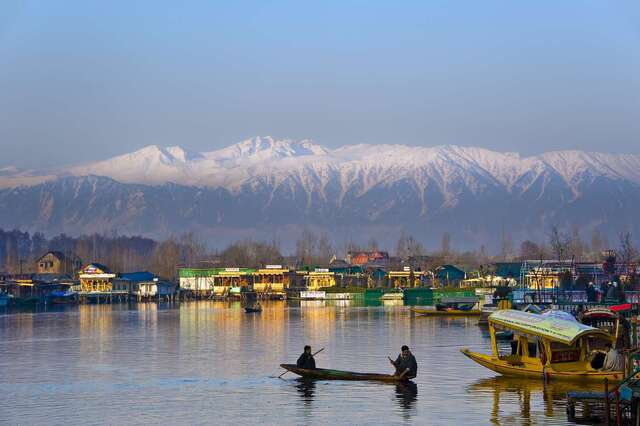
The floating gardens on Dal Lake are a testament to the ingenuity of the local people, who have created fertile patches of land on the water. Srinagar’s canals are not just a mode of transportation—they are a way of life, connecting neighborhoods and supporting the local economy.
Video:
Zhujiajiao, China: Shanghai’s Water Village
Known as the “Venice of Shanghai,” Zhujiajiao is a charming canal village located on the outskirts of the bustling metropolis. With over 1,700 years of history, Zhujiajiao offers a serene escape from the city’s fast-paced lifestyle.
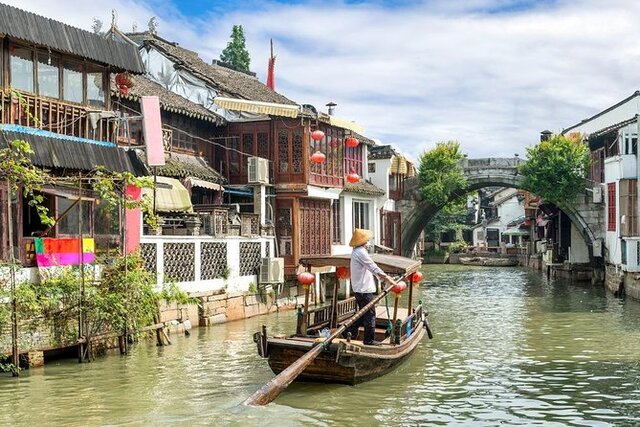
Stone bridges, traditional wooden boats, and ancient buildings create a picturesque setting that attracts visitors from around the world. The village’s canals are lined with quaint shops and teahouses, where visitors can enjoy a leisurely afternoon soaking in the tranquil atmosphere.
Video:
Conclusion
Canal villages in Asia offer a unique glimpse into the relationship between humans and water. From the stilt houses of Fenghuang to the floating markets of Amphawa, each village tells a story of resilience, adaptation, and cultural heritage. These settlements are not just picturesque—they are living examples of how waterways shape communities, economies, and traditions.
Exploring these villages is more than just sightseeing; it’s an opportunity to connect with a way of life that harmonizes with nature. Whether you’re gliding through the canals of Alappuzha or wandering the lantern-lit streets of Hoi An, the magic of Asia’s canal villages is sure to leave an unforgettable impression. Have you discovered the timeless charm of these enchanting waterway communities? If not, your journey awaits.
